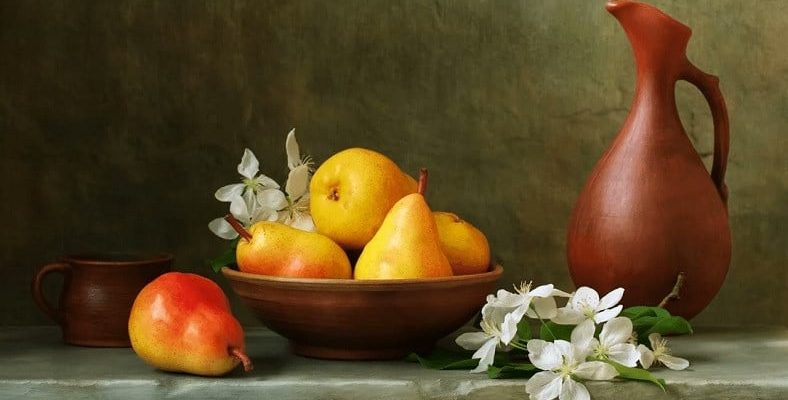Still life, an art movement that first became popular in the Netherlands at the end of the 17th century and spread first in Europe and then in the world, is the artist’s creation of a unique composition using still objects in its most general definition. Let’s take a closer look at what a still life is and see its representatives and important examples in history.
Humanity has been dealing with science, philosophy and art since its existence. We deal with these because we are trying to somehow make sense of the life and the world we live in. Undoubtedly, the field that focuses the most on this meaning is art and its branch, painting. Painters discovered countless trends while painting this meaning they sought. One of them is the still life style.
Still life became popular in the Netherlands a few centuries ago, and from there it quickly spread, first to Europe and then to the world. In this type of work, the artist creates a unique composition using still objects and immortalizes it. still life, even today It is a style that is applied especially in the art of photography. Let’s take a closer look at what still life is and see some of the unique examples signed by its most important representatives.
Let’s start by briefly defining it for those who don’t know; What is still life?
The word still life means still life in French. nature And morte It is derived by combining words. Although it is similar to our language English still life is referred to as. This term, which was first used in the Netherlands in the 17th century, later became the name of an art movement.
still life actually It was first used to describe the technique of painting on ancient Egyptian tombs. Later, this style was adopted by Dutch painters and quickly spread to Europe and from there to the rest of the world. Its influence as an art movement continues even today.
So, what exactly is still life?
Since still life literally means dead nature, there are some works that actually depict dead animals. However The word dead here generally refers to immobile, inanimate objects. Inanimate objects such as fruits, baskets, vases, bowls, which are a part of our lives, form the main elements of still life works.
Although a composition made of still objects is depicted, in fact, the artist is painting a still life. Its purpose is to enable those who look at this work to create a story. Painting an insignificant moment from daily life, the artist asks those who view this work to imagine the before and after of that moment, sometimes even a whole story. The painters who succeeded in this desire gave the most successful still life examples in history.
Here are some of the most important still life examples to admire:
- Basket of Fruit – Caravaggio
- Still Life with Cheeses, Almonds and Pretzels – Clara Peeters
- Still Life with Fruits in Porcelain – Jacob Van Es
- Vanitas with Violin and Glass Ball – Pieter Claesz
- Flowers in a Glass Vase – Rachel Ruysch
- Curtain, Jug and Fruit Bowl – Paul Cézanne
- Wood Tankard and Metal Pitcher – Paul Gauguin
- Sunflowers by Vincent van Gogh
- Violin and Candlestick – Georges Braque
- Living Still Life – Salvador Dali
Basket of Fruits
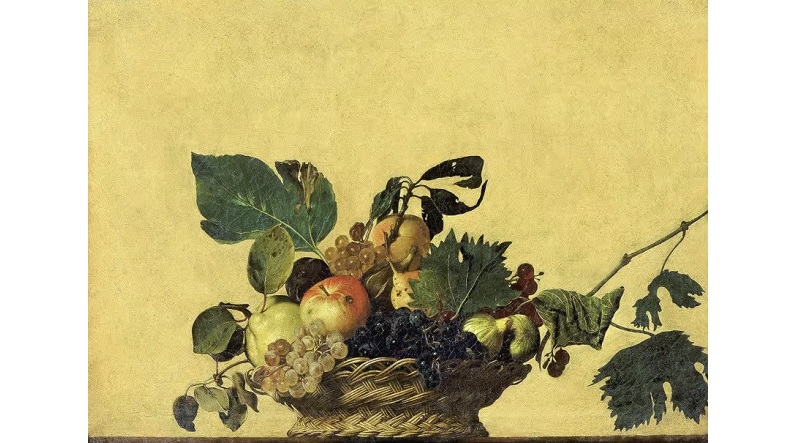
The Basket of Fruit work, which is estimated to have been made in 1595 by Italian painter Michelangelo Merisi da Caravaggio, who lived between 1571 and 1610, has a simple composition. Details such as the fact that the fruits have started to become worms and the grapes are pale are the details of this picture. that life is beautiful with all its flaws It shows that there is a narrative.
Still Life with Cheeses, Almonds and Pretzels
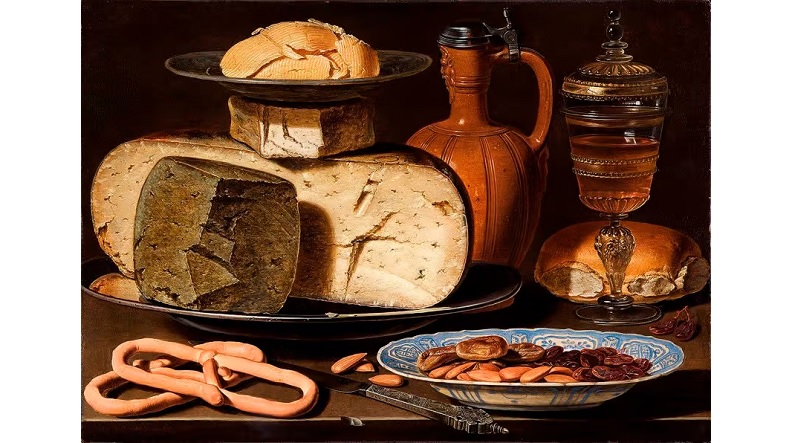
Still Life with Cheeses, Almonds and Pretzels, painted in 1615 by Clara Peeters, one of the most active female painters in Europe, who lived between 1594 and 1657, was painted by Leonardo da Vinci. Legendary piece of The Last Supper It is believed to be a still life adaptation.
Still Life with Fruits in Porcelain
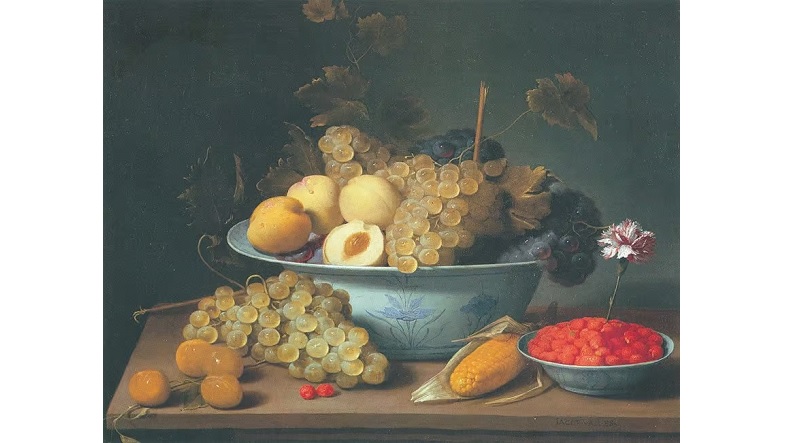
Still Life with Fruits in Porcelain, made in 1630 by the painter Jacob Van Es, who lived between 1595 and 1666 and we know to have worked on wreath paintings. It draws attention with its play of light. Translucent fruits, formed by the combination of light and shadow, add a unique contrast to the painting.
Vanitas with Violin and Glass Ball
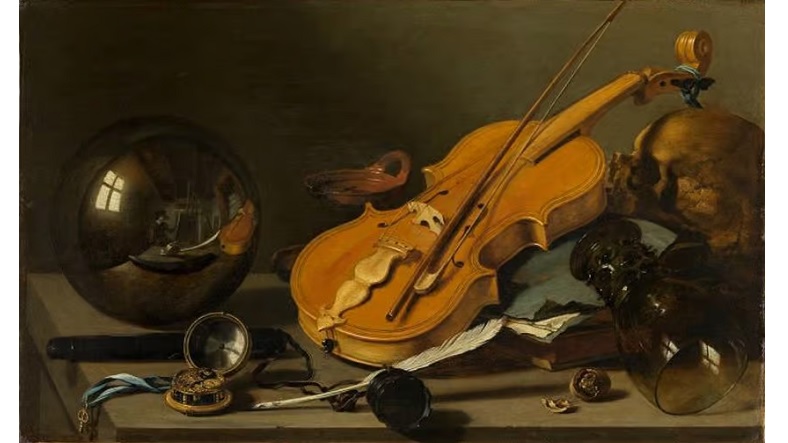
The image of the spilled glass in the work Vanitas with Violin and Glass Ball, painted in 1628 by the Belgian painter Pieter Claesz, who lived between 1597 and 1661, It tells about the transience of worldly pleasures. The pocket watch, which is clearly seen on the table, once again emphasizes the mystery of the concept of time.
Flowers in a Glass Vase
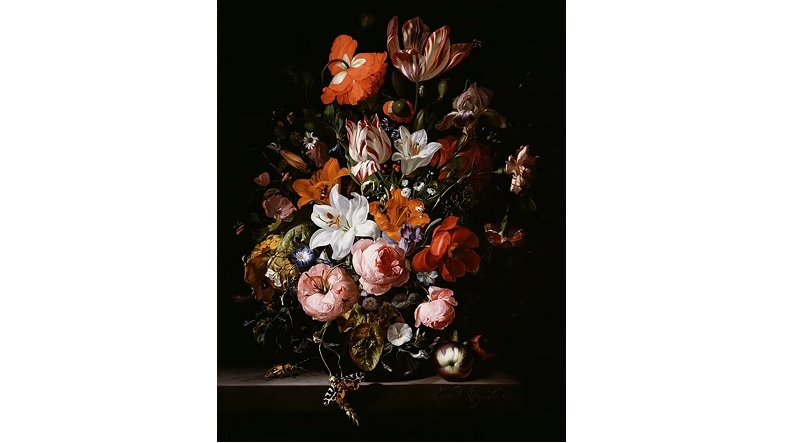
The work called Flowers in a Glass Vase, made in 1704 by Rachel Ruysch, one of the most famous flower painters of her period, who lived between 1664 – 1750, It is seen as the pinnacle of the painter’s career. The painting of many different kinds of flowers in different sizes and shapes in the work aims to confuse the viewer as well as a show of biology expertise.
Curtain, Jug and Fruit Bowl
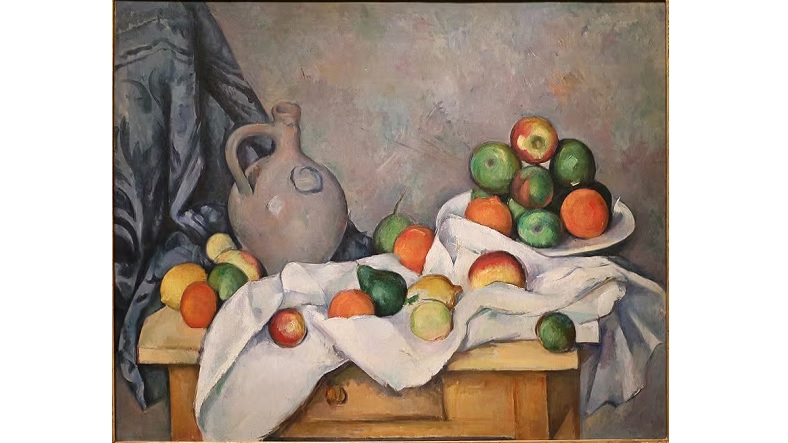
What makes Curtain, Jug and Fruit Bowl unique, made in 1894 by the painter Paul Cézanne, who lived between 1839 and 1906 and is thought to have laid the foundations of the 20th century art world, It is the harmonious use of different color tones. Moreover, a two-dimensional picture has a three-dimensional appearance.
Wood Tankard and Metal Pitcher
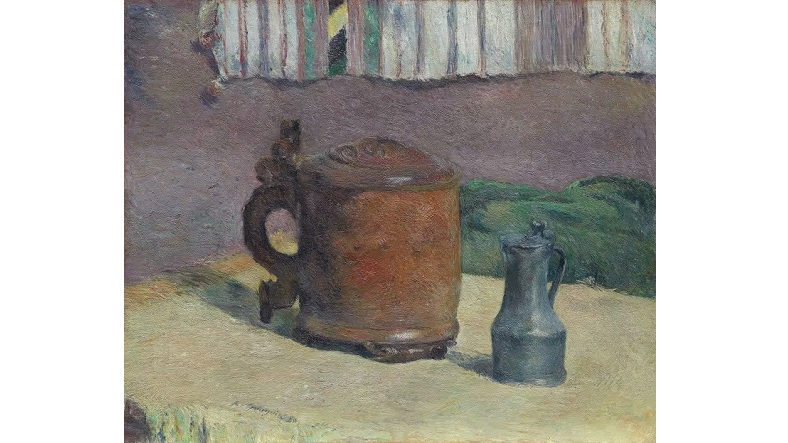
Wood Tankard and Metal Pitcher, painted in 1880 by Paul Gauguin, one of the most important representatives of post-impressionism, who lived between 1848 – 1903. The most striking aspect is that it bears great resemblance to the Van Gogh style. The work, in which opposing elements are used successfully together, also has unique light reflection techniques.
sunflowers
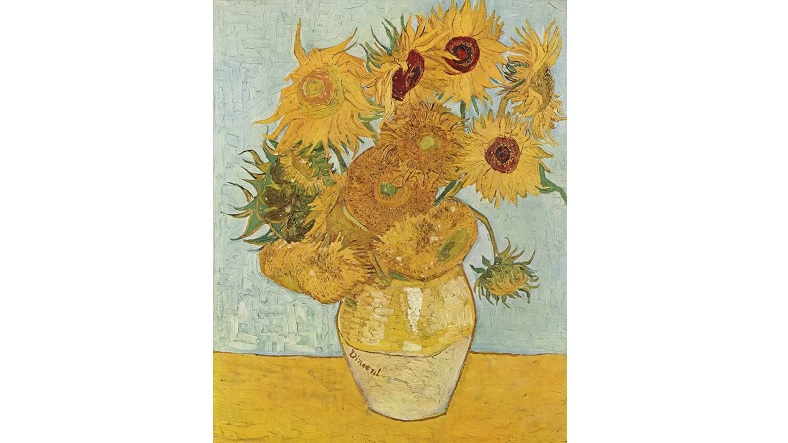
The work named Sunflowers, painted in 1889 by Vincent van Gogh, the mad genius of the painting world who lived between 1853 – 1890, with its main image, sunflowers and with three different shades of yellow He puts his signature Van Gogh on the still life world. The fact that there is nothing else besides the sunflowers we see in a vase on the table is a reflection of the elegance of the artist’s inner world.
Violin and candlestick
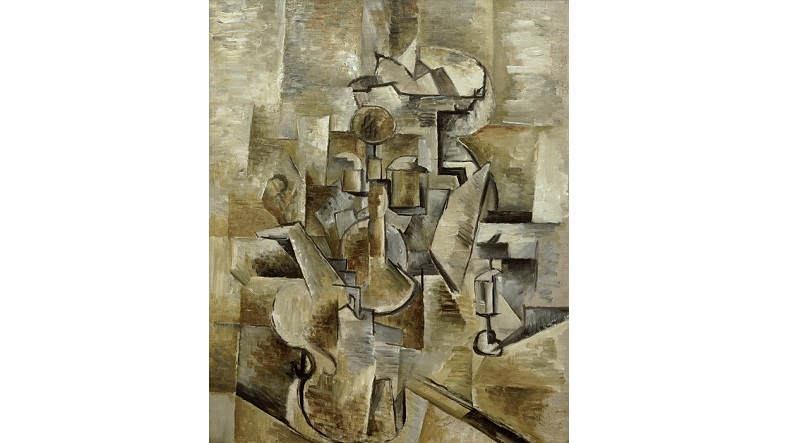
The work called Violin and Candlestick, made in 1910 by Georges Braque, the pioneer of cubism, who lived between 1882 – 1963, It is extremely important in terms of making it with different tones of a single color. The pieces in the work seem so placed at first glance, but as you dig deeper, it is noticed that some of them are more prominent than others.
Living Still Life
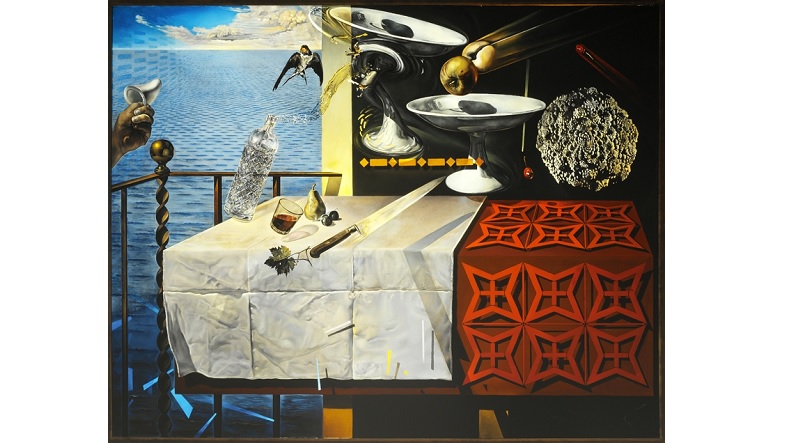
Living Still Life, painted in 1956 by Salvador Dali, one of the most extraordinary names in the art world, who lived between 1904 and 1988, It belongs to a period of the painter’s life that he called nuclear mysticism. Both the images in the work and the name of the work are Dali’s kind of rebellion against still life, because he revived the dead nature.
An art movement that still continues its influence even today. Answering the question of what is still life We have listed some of the examples given by its most prominent representatives. In fact, if you look carefully, you will notice that even artists who work in different fields sometimes create still life examples.
Resources: Getty, Art In Context
